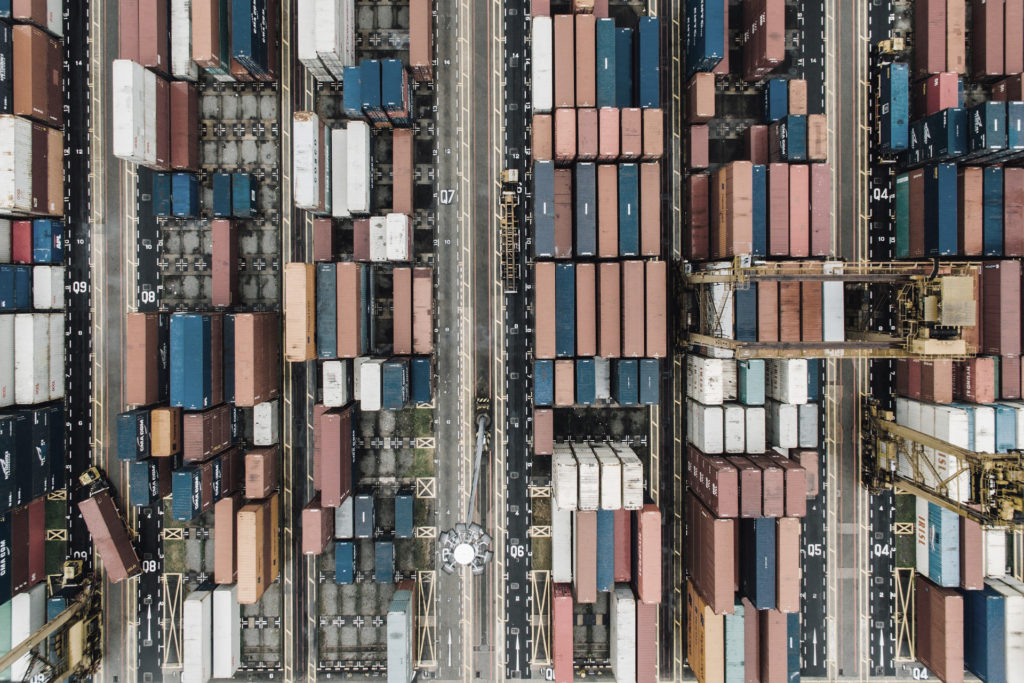How would the value chain react to a doubling of collected used textile volumes in Sweden, and in Europe as a whole and what measures would be necessary to maintain economic viability? To answer this research question Swedish, other European, and international actors involved in collection, sorting and wholesale of used textiles were interviewed to get their perspectives on the matter.

Changing value chain
The results show a changing value chain, with further changes expected in terms of requirements as well as in actor structure and textile volumes. The quality of collected used textiles is reported to be decreasing and could be further affected by increasing collection rates with lower shares of high-grade, high value materials. In addition, current markets for second hand textiles are changing due to higher quality requirements and increasing competition with low-price new garments.
Collectors are experiencing a reduction in the kilogram price they can receive from wholesalers/sorters for original, not simply because of reducing quality but also because global demand for used clothing can’t keep up with increasing supply. The combined effect of these developments is a squeezing of collectors margins, as collection costs increase and income from collection decreases. The demand for European used clothing has reduced in many markets that have previously been important consumers of European used clothing, such as many African countries. Reduction in demand is partly due to strong growth in exports of used textiles from China and other Asian economies, but also reflects higher quality demands expressed by customers in these markets. On-going discussions concerning import bans for used clothing in East African markets are also disrupting the value chain. China has itself banned imports of a number of waste streams from Europe including used and waste textiles.
“Collection and processing of used textiles is not treated as a serious industry, but is suffering from too many regulations and restrictions. There is a huge potential demand in India. Without restrictions the used clothing would take market shares from new clothing”. Respondent from Kishco Group
Future scenarios
The ideal scenario for all actors would be that the increasing share of non-reusable textile begins to raise real income for the collection and processing industry and not be the economic deadweight it is today. This requires both technological advancements through research and development in new sorting and recycling technologies in Europe and increased demand for recycled fibers from the fashion industry in particularly.
A more immediate need for collectors and sorters are regulatory actions to reduce the administrative burdens related to collection, storage and shipment of textile waste. Today, countries and regions have very different requirements and regulations, which is challenging for the industry actors. In this context, synchronization of requirements would help, both across Europe and globally.
In summary, the authors make the following recommendations:
- Develop systems to improve statistics on collection, reuse and recycling of used textiles, in order to follow up amounts and quality levels of collected used textiles in European countries.
- Provide economic support to collectors and/or sorters running transparent and environmentally appropriate operations, in order to enable increased collection and sorting capacity in Europe. This could be via extended producer responsibility regulations, wage support for workers, payments from municipalities or other means
- Introduce standards for collecting and sorting actors to promote serious businesses in the value chain, for example through the voluntary certification scheme developed by the Nordic textile reuse and recycling commitment
- Remove administrative barriers and better harmonize regulation connected to collection, storage and shipment of used textiles, to enable easier collection and treatment within the value chain.
- Support fiber-to-fiber recycling of textiles by funding for development and establishment of automated textile sorting. This would:
- a) create a market pull for recycled fibers, and
- b) increase the economic viability of collecting non-reusable textiles
Authors: Hanna Ljungkvist (IVL), David Watson (PlanMiljø) and Maria Elander (IVL)



